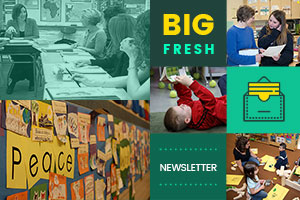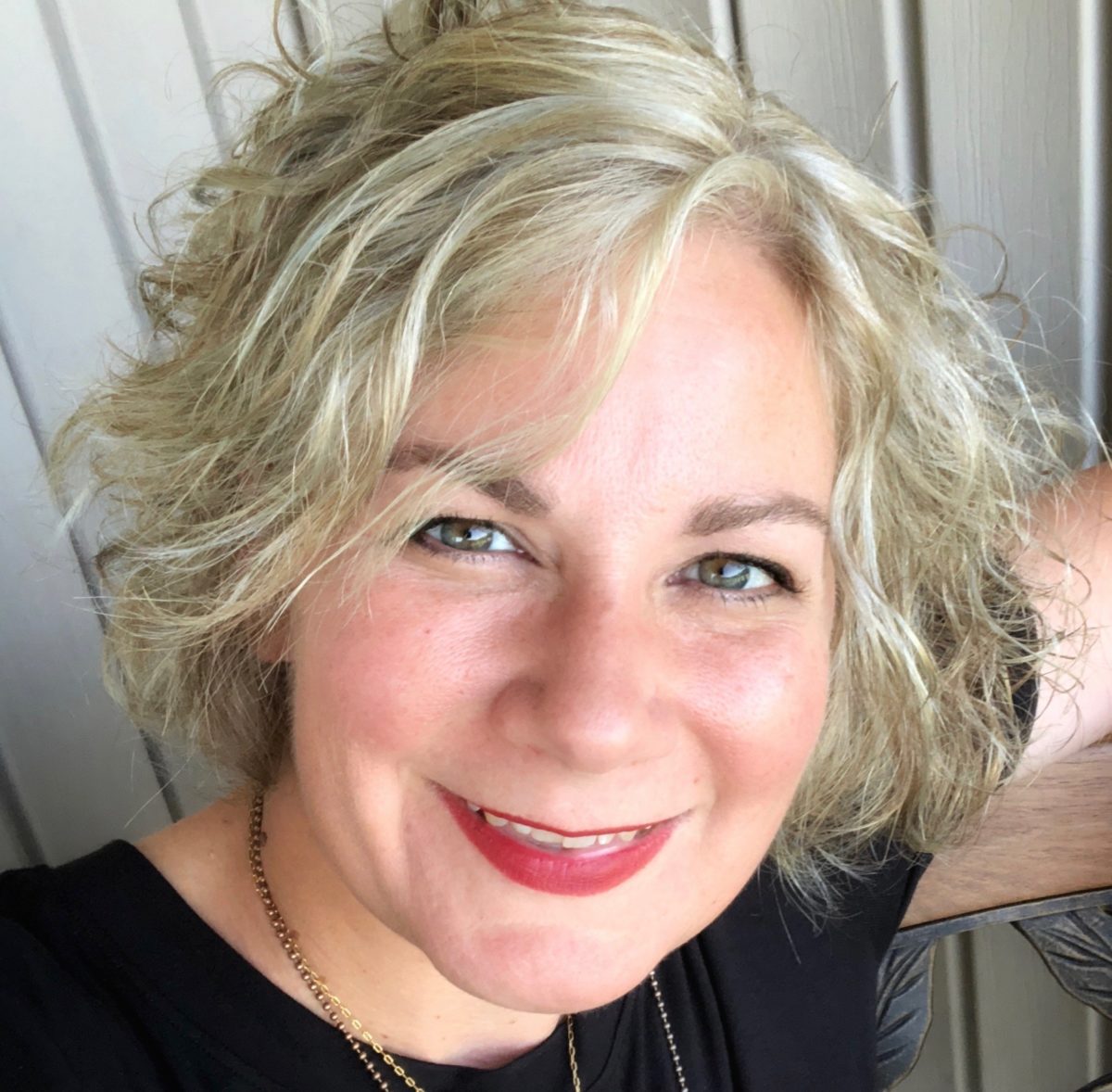Anyone who is going to be a writer knows enough at 15 to write several novels.
―May Sarton
Those Who Surprise Us
One of the best things that can happen to any educator is to be surprised by a student. One of the first students to surprise me was Bo. He showed up in my seventh-grade language arts class with his hoodie up and his eyes down. His responses were in the form of grunts and shrugs rather than sentences.
I promised myself to be a bridge between students’ experiences and the blank page. If I believed anyone who walked through my door could become a stronger writer and reader, then I needed to first help them value their own thoughts and experiences. They needed to believe they were worthy of stacking words and thinking deeply about text.
That meant I accepted them as they came. Bo sat in the back—his hoodie firmly in place—opened his notebook when asked, and didn’t resist writing. We began with narrative. As we explored topics, I discovered Bo’s passion for snowboarding, his abundance of family memories, and his humor.
As the weeks passed, Bo continued to stack words, and our conferences became conversations. Then the day came when he showed up without the hoodie. His thick blond hair swooped across his forehead, and his blue eyes startled me. I was surprised, because suddenly he was engaged. Bo learned to write with wisdom and craft. More importantly, he began to trust himself and develop the confidence needed to navigate school and life.
Looking back with time and experience, I see now that it wasn’t sudden. It took weeks of caring more about the writer than the writing. It was a commitment to believing more in the power of the reader than the book. I was surprised by the transformation that happened when I committed to conferring and celebrated the strengths and then built on what the writer was almost doing.
When we are surprised by students, we grow stronger as educators. This week we look at those who surprise us…and teach us—plus more, as always.
Shine on,
Ruth Ayres
Editor in Chief

Stella Villalba is at a loss when a teacher is hostile to a new English language learner in her classroom. She considers the unspoken challenges of welcoming students who may never have been in school before.
John Schu talks with Patrick Allen about readers, writers, and his newest book, Louder Than Hunger.
If you are an instructional coach, you don’t want to miss the Coach-to-Coach network that meets once a month for a cams-on, high-energy, good-vibes dose of positivity and practicality. Join for FREE by registering on our sister site, The Lead Learners. The next meeting is Tuesday, May 21, from noon to 12:35 p.m. (EDT).
Do you wish you had more time to share new books with your students? We know you don’t need fluff or pretty activities. Instead we get to the heart of what you need to thoughtfully share new books in your classroom.
NEW! Our book guides are created and vetted by in-the-field educators. They hold true to the tenets of giving students choice and voice in their reading lives, while empowering a teacher to expand the representation of books shared with students. Click here to see all of our new book guides.
How To, written and illustrated by Julie Morstad, is a collection of invitations to do a variety of things that, when paired with the illustrations, offer a unique perspective on some otherwise ordinary actions.

New members-only content is added each week to the Choice Literacy website. If you’re not yet a member, click here to explore membership options.
Becca Burk reminds us of the power of story and community when she uses a social story to help a kindergartner overcome the fear and anxiety from being forgotten on the bus. Becca shows how to use a social story to develop confidence to overcome difficulties.
Choice Numeracy | Jodie Bailey shares a picture book version of Martin Luther King Jr.’s I Have a Dream speech and then gives students time to reflect on the message. While math class might seem like an unusual place to help students consider their identity and place in the world, Jodie inspires teachers to offer space and time for students to find their voice…while making direct connections to math standards.
Being given an assignment to break a china bowl and rebuild it allowed Gretchen Schroeder to engage in the Japanese art of kintsugi. What surprised her were the lessons she learned about growth and innovation in her teaching practice.
In this encore video, Gigi McAllister presents a guide to her fourth-grade students to improve talk in reading trios.

New members-only content is added each week to the Choice Literacy website. If you’re not yet a member, click here to explore membership options.
Dana Murphy is the only reading interventionist in her school, and her groups are maxed out. She shares some of her simplest yet most effective intervention strategies that all classroom teachers can use.
Waterford shares why mindfulness strengthens social emotional development and academic achievement.
Quote It:
Anyone who has never made a mistake has never tried anything new.
—Albert Einstein
That’s all for this week!





